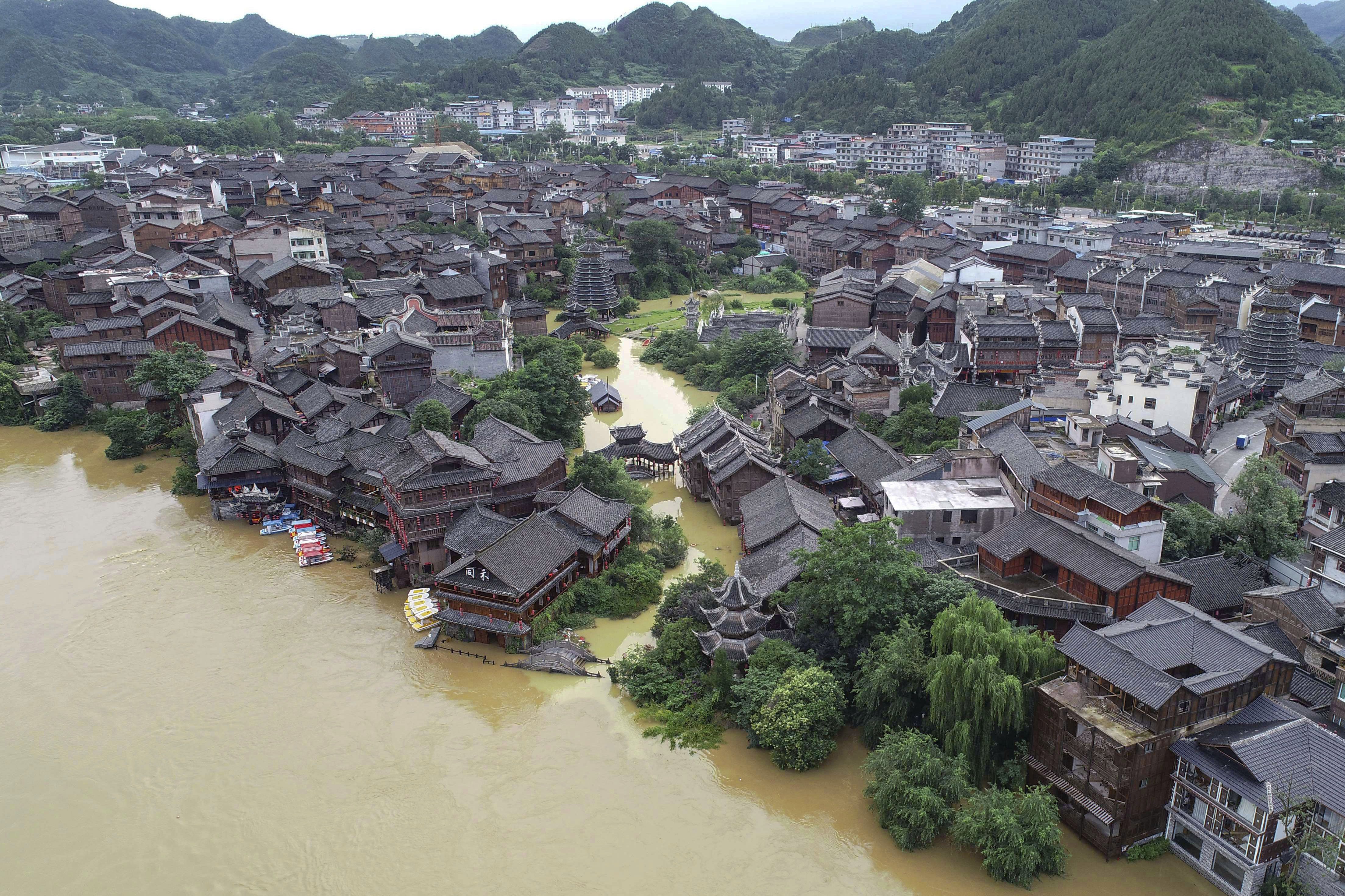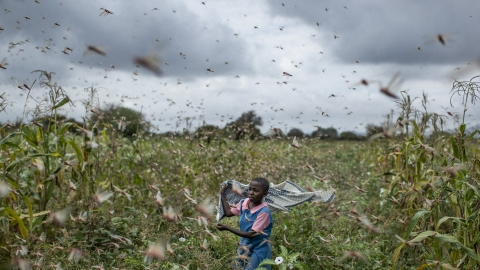The Weather Channel on July 10 quoted the World Meteorological Organization (WMO)'s climate report for the next five years, predicting that global temperatures could rise by at least 1 degree Celsius compared to pre-industrial times. WMO even predicted a 20% chance of temperatures rising by 1.5 degrees Celsius compared to the average of the period 1850 - 1900. In fact, the past five years have been the hottest period ever recorded by this organization.

Data compiled from more than 36,000 weather stations around the world shows that the Earth is continuing to warm, causing extreme weather events such as heat waves, droughts, floods and insect invasions to occur more frequently, with greater intensity and for longer periods than before.
UNUSUAL RAINS AND FLOODS, DROUGHT
The severe flooding in southern China is moving into the eastern provinces along the Yangtze River. Floods in Anhui province over the past week have forced 147,000 people to evacuate and damaged more than 2,000 homes. In Jiangxi province, more than 151,000 people have been evacuated and nearly 2,000 homes have been damaged by floods in the past two days alone.
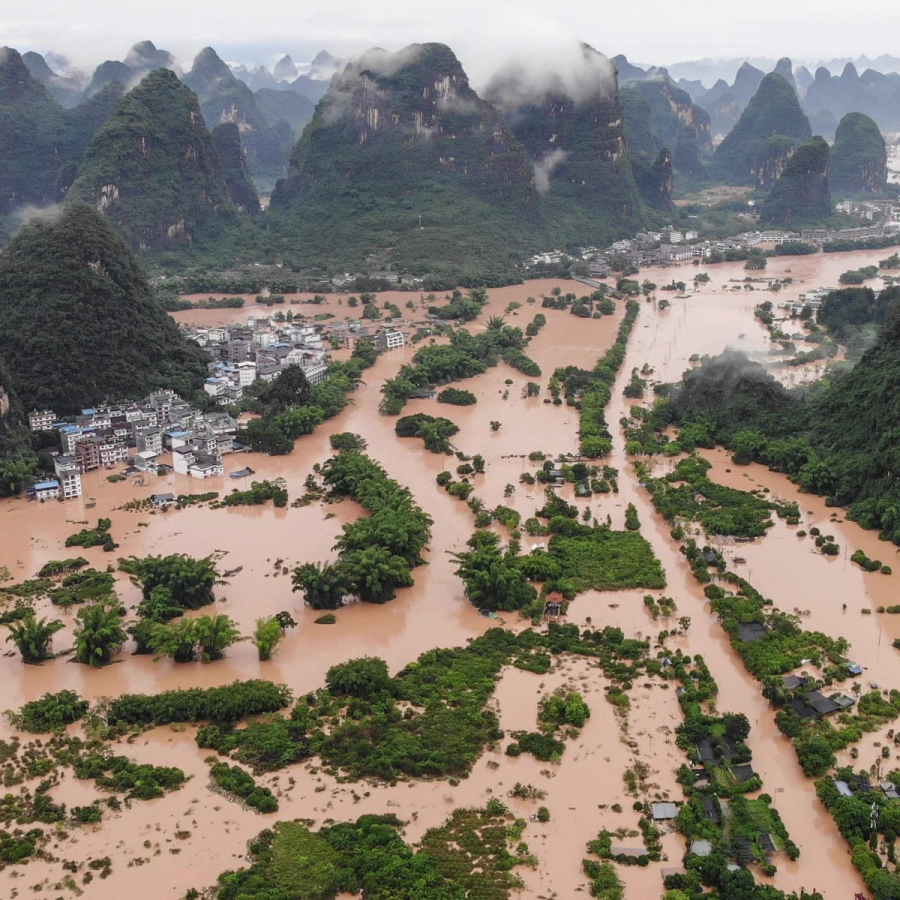


According to the study, which analyzed 29 extreme weather indicators since 1950, it shows that days with temperatures above average are occurring more often. For example, in Australia, temperatures above 50 degrees Celsius are recorded not only in urban areas but also in rural areas. The heat has contributed to the spread of bushfires in Australia over the past year, causing great damage, with at least 34 people killed, 18.6 million hectares burned, and more than 5,900 homes damaged.
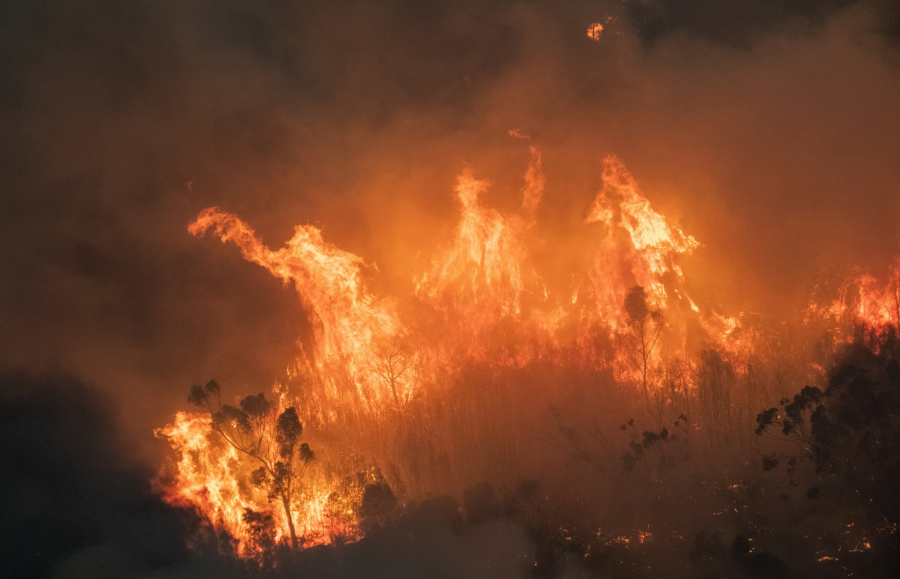
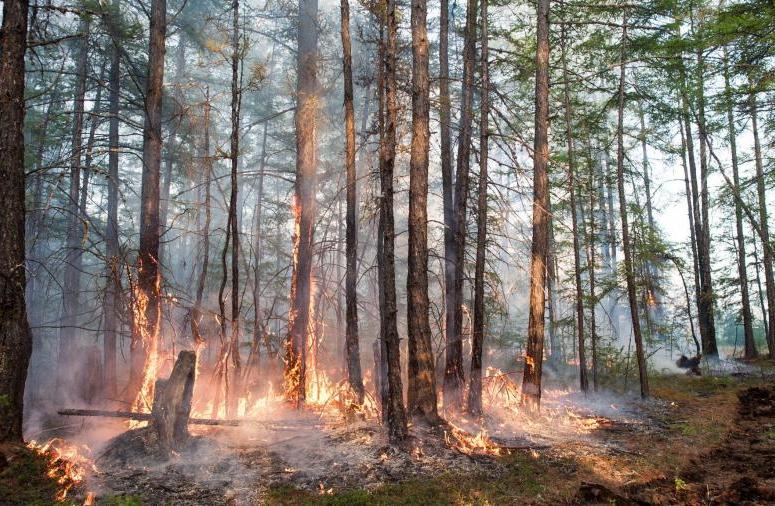
The unusual weather phenomenon not only occurred in Asia but also in South America when the WMO just announced the record lightning bolt length of 709 km. It was recorded on October 31, 2019 when it stretched from northeastern Argentina, through southern Brazil and across the Atlantic sky.
Locusts Cross Africa, Rampage in China
According to the Food and Agriculture Organization of the United Nations (FAO), the desert locust is a pest belonging to the grasshopper family. With a lifespan of only 3 months, in the right environment, this pest can increase its population up to 20 times and travel in huge swarms to destroy crops.
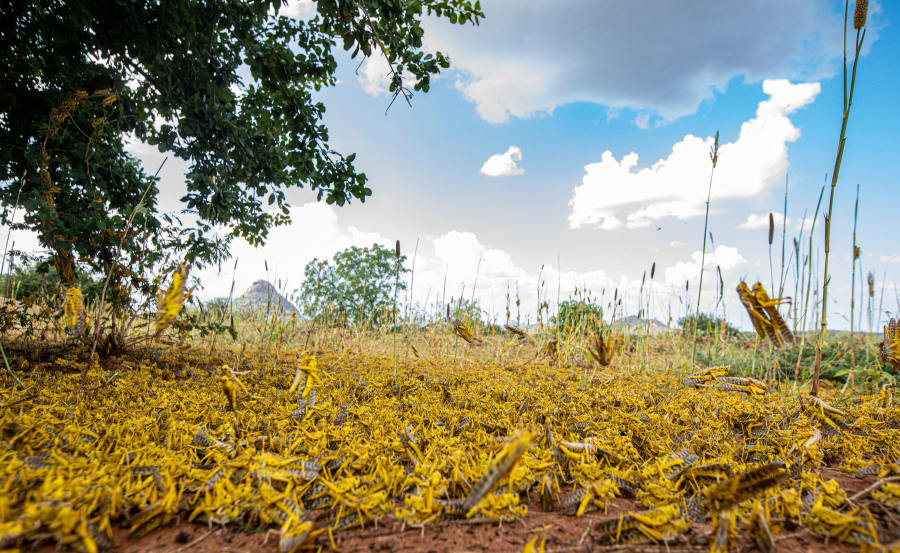
The locusts are destroying crops and breeding in Africa from Kenya, Ethiopia, Somalia, Djibouti, Sudan and then continuing to spread to Asia into India, Pakistan and China.

As of July 11, the Chinese government said that swarms of yellow-backed bamboo locusts had destroyed about 65 square kilometers of farmland in Pu'er, Yunnan Province. The Pu'er Forestry Department recently warned of a possible locust "disaster" in China's southern border region, as the "troops" continue to increase their destructive speed.

Favourable weather, lax crop monitoring – especially in conflict zones – and challenges in accessing resources due to the Covid pandemic have triggered a locust crisis as the insects reach a scale not seen in decades.
COLLABORATIVE EFFORTS TO WARN
A report by the China Meteorological Administration last year showed that the frequency of heavy rains and high temperatures has increased steadily over the past six decades. According to experts from Greenpeace, the unusual floods in China are part of a series of extreme weather events that are increasing due to climate change: “There is an urgent need to strengthen early warning systems for these weather events, assess climate risks in cities and improve flood control systems.”

As the locusts began returning in late June, experts warned that without continued help to contain the pests, millions of people in at least 23 countries could face food shortages by the end of the year.
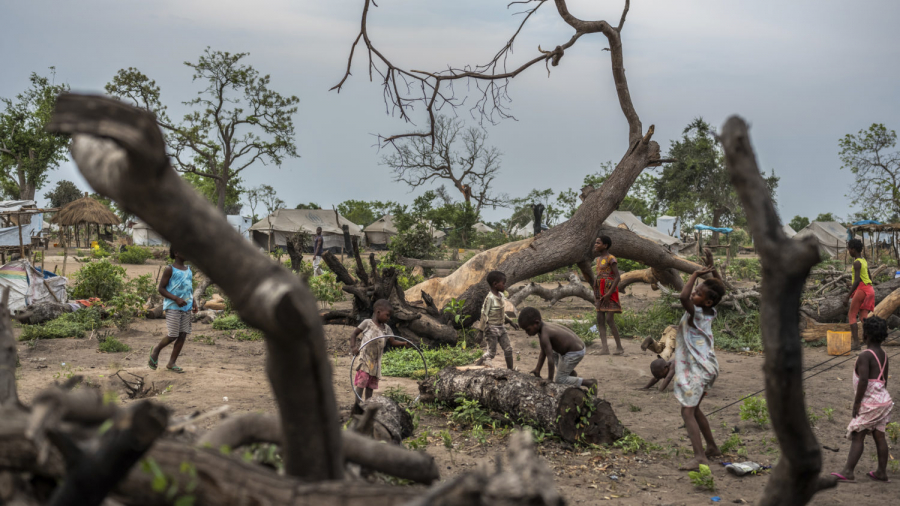
According to Carbon Brief, many studies show that the impact of climate change on the economy as well as human living environment has been underestimated. Experts say that financial and social losses and damages from climate impacts are inevitable. Therefore, it is necessary to continue promoting climate negotiations between countries to reduce greenhouse gas emissions and other human impacts on the environment, minimizing extreme weather and natural disasters.






